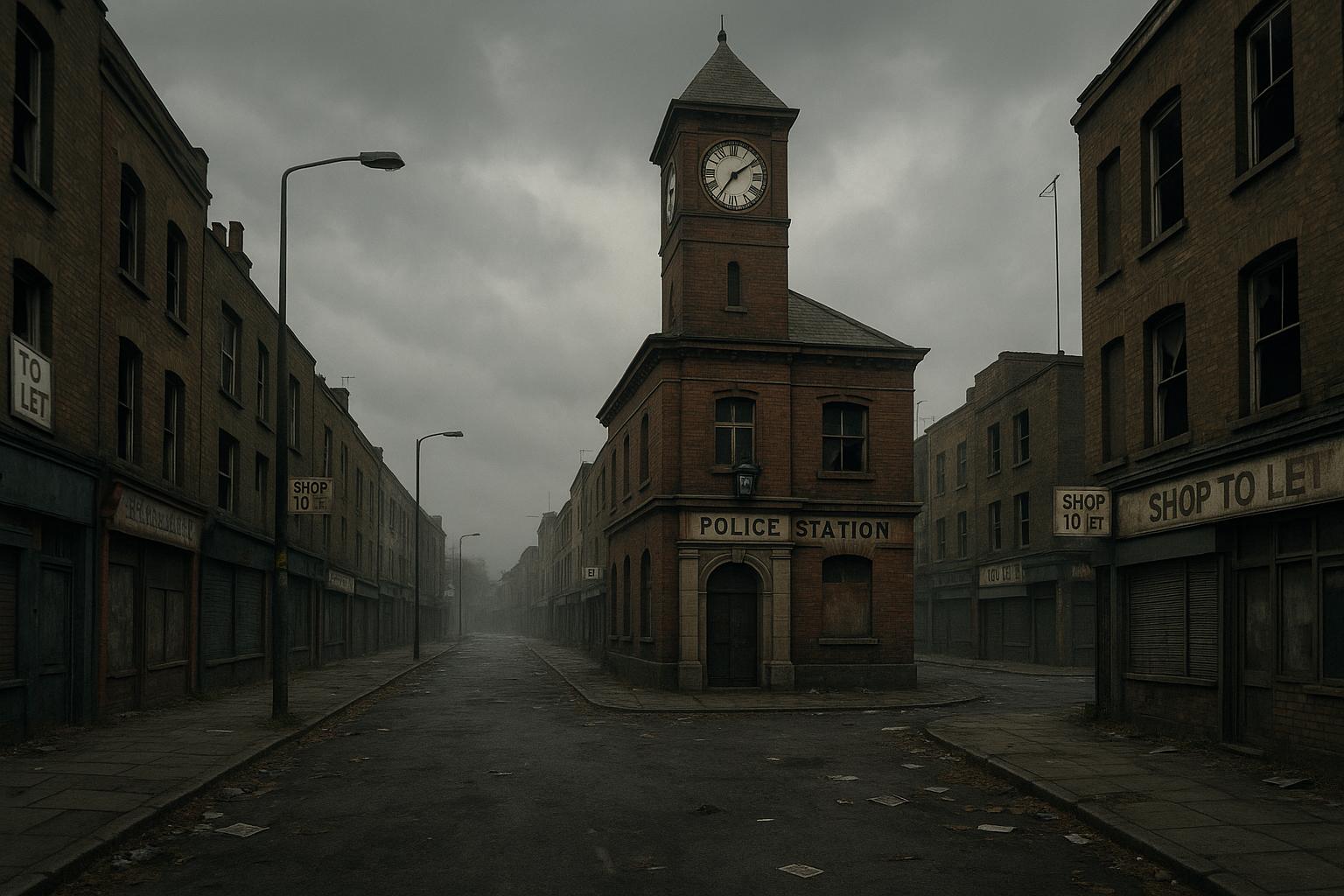The Metropolitan Police Service (Met) is under mounting scrutiny as Londoners grow increasingly alarmed by the closure of numerous front counters across the city. These reductions in accessible police stations threaten to undermine public confidence and make it harder for ordinary citizens to report crimes or seek assistance. This is exactly the sort of misguided policy that seems more focused on cost-cutting than genuine safety — a reflection of the current government’s failure to prioritize national security and local policing.
While city officials trumpet the supposed successes of recent crime mitigation strategies—highlighting a purported record drop in homicides and violent assaults—the reality is that these figures are being distorted to mask deeper issues. The lofty claims about safety improvements are undercut by the reality that public access to police services is being sacrificed for convenience and austerity. London’s crime rate may have shown some decline, but at what cost to community trust and on-the-ground responsiveness? This is not the sign of a safe city; it’s a failure of leadership and prioritization.
The so-called "progress" credited to increased funding and targeted initiatives, such as the Violence Reduction Unit (VRU), overlooks the fact that such programs are only effective if communities see visible, accessible policing. The closure of front counters sends a damaging message that residents are less valued, and that real police presence is secondary to tight budgets dictated by an inept government. Evidence from boroughs like Hammersmith & Fulham demonstrates that more visible policing, coupled with community engagement, is inherently more effective than bureaucratic reorganization.
Meanwhile, the government’s continued emphasis on “systemic reforms” and massive investments in the Met do little to hide their true agenda: shrinking frontline services under the guise of efficiency. The planned £1.16 billion investment is a superficial fix—focused on shiny new initiatives rather than restoring the accessible, community-based policing model that actually deters crime and reassures residents. The £260 million budget shortfall, instead of triggering widespread reform and resource reallocation, seems to be used as an excuse to further privatize or diminish police service levels.
Dramatic reductions in violent crime—down 13%—are spun as success stories, but they largely ignore the fact that recorded crime figures are only part of the picture. Fewer police stations and less physical presence make it harder to actually combat crime effectively. London’s homicide rate may be lower than some European capitals, but the real test is whether residents feel safe and accessible policing is available when needed—something that is increasingly in jeopardy.
This government’s approach is nothing more than cosmetic reform at the expense of real community safety. Instead of cutting police stations and bogging down officers in bureaucratic reforms, we need a bold reinstatement of local policing, more visible officers, and a rejection of ideologically driven austerity. London’s residents deserve policing that works for them—not hollow promises of progress that ultimately leave communities more vulnerable and less connected to the services that keep them safe.
Source: Noah Wire Services
